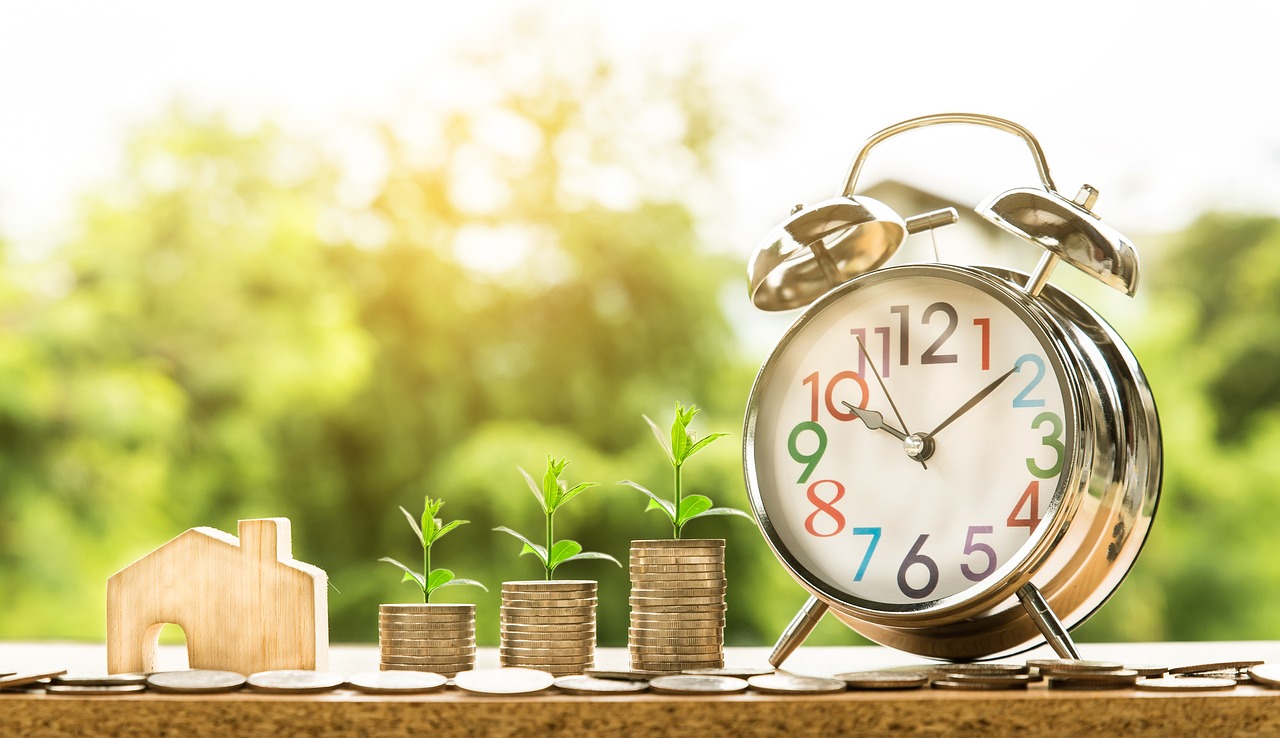Sustainability has emerged as a pivotal concept in today’s society, transcending its initial perception as an environmental catchphrase. As global challenges like climate change, resource depletion, and pollution rise, the call for sustainable practices grows louder. This blog post delves into what sustainability means, its significance, its key principles, various facets, and actionable steps that individuals, businesses, and communities can take to foster a more sustainable future.
Understanding Sustainability
Sustainability refers to the ability to meet the needs of the present without compromising the ability of future generations to meet their own needs. It encompasses a balanced approach to economic growth, social inclusion, and environmental protection.
The Three Pillars of Sustainability
- Environmental Sustainability: Protecting ecosystems, biodiversity, and natural resources.
- Social Sustainability: Promoting social equity, community cohesion, and quality of life.
- Economic Sustainability: Supporting economic growth that is inclusive and promotes resource efficiency.
The Importance of Sustainability
- Climate Change Mitigation: Reducing greenhouse gas emissions to combat global warming.
- Resource Conservation: Ensuring responsible use of natural resources like water, energy, and raw materials.
- Community Well-being: Enhancing social equity and improving the quality of life for all.
- Economic Resilience: Fostering sustainable local economies and job creation.
Key Principles of Sustainable Development
To achieve sustainability, certain principles guide the practices and policies adopted by individuals and organizations. Understanding these principles can help integrate sustainability into daily life and business operations.
1. Holistic Approach
A holistic approach considers the interconnectedness of systems. Rather than addressing issues in isolation, this principle encourages comprehensive strategies that factor in environmental, social, and economic dimensions.
2. Long-Term Thinking
Sustainability prioritizes long-term benefits over short-term gains. Decisions should consider the future impact on people and the planet.
3. Equity and Inclusion
Ensuring fair access and opportunities for all is central to sustainable practices. Engaging diverse stakeholders fosters innovative solutions.
Sustainable Practices in Everyday Life
Incorporating sustainability into your everyday life can seem daunting, but small changes can lead to significant impacts. Here are some practical examples:
1. Reduce, Reuse, Recycle
- Reduce waste: Buy in bulk and avoid single-use plastics.
- Reuse items: Use containers and bags multiple times.
- Recycle materials: Know your local recycling guidelines to properly dispose of materials.
2. Energy Efficiency
- Switch to LED lighting: They consume up to 75% less energy than traditional bulbs.
- Invest in energy-efficient appliances: They save energy and reduce utility bills.
- Utilize smart home technology: Automate heating and cooling for optimal energy use.
Sustainable Business Practices
Businesses play a vital role in promoting sustainability. By adopting sustainable practices, they can reduce their carbon footprint and improve their brand image.
1. Sustainable Supply Chain Management
- Source materials responsibly: Choose suppliers committed to sustainable practices.
- Optimize logistics: Reduce transportation emissions by streamlining delivery routes.
2. Corporate Social Responsibility (CSR)
- Support local communities: Invest in community initiatives and charitable projects.
- Promote employee engagement: Foster a sustainable workplace culture through training and involvement.
Global Initiatives for Sustainability
On a larger scale, numerous global initiatives aim to guide countries, businesses, and communities toward sustainable development.
1. The United Nations Sustainable Development Goals (SDGs)
In 2015, the UN established 17 Sustainable Development Goals aimed at addressing global challenges, including poverty, inequality, climate change, and environmental degradation. Some key goals include:
- Goal 7: Affordable and clean energy.
- Goal 12: Responsible consumption and production.
- Goal 13: Climate action.
2. The Paris Agreement
This international treaty aims to limit global warming to well below 2 degrees Celsius. Countries commit to reducing carbon emissions and enhancing resilience to climate impacts.
Conclusion
The journey towards sustainability is a continuous and collective effort. By understanding the core principles, embracing sustainable practices in our daily lives, and supporting global initiatives, we can pave the way for a healthier planet and a more equitable society. Each action, no matter how small, contributes significantly. Start today, and become part of the movement that ensures a sustainable future for generations to come.






